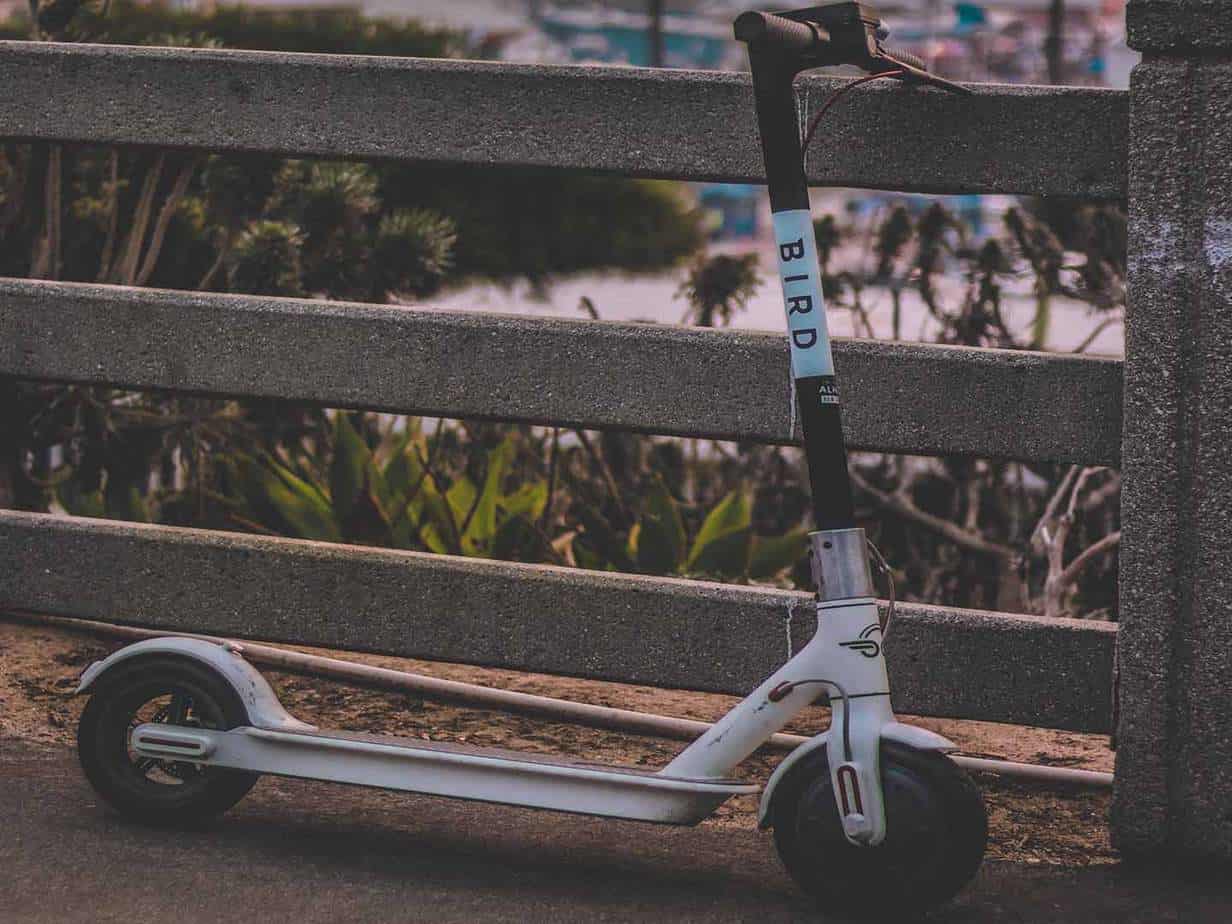
"One in three people involved in electric scooter accidents require treatment for injuries at an emergency room, according to a new study by the University of California, Los Angeles, which also found that few riders wear a helmet, reports Consumer Reports."
"The study appears to be the first to analyze the public health impact of shared electric scooters offered by several fledgling startups, such as Bird and Lime, which are similar to ride-hailing taxi services like Uber and Lyft."
"Users in nearly 50 U.S. cities can now rent an electric scooter using each company's app. Rental is inexpensive; Bird, for instance, charges a $1 flat fee plus 15 cents per minute a ride lasts. The scooters can travel at speeds up to 15 mph, and riders typically use them for short trips."
"Shortly after the arrival of e‑scooters more than a year ago, medical professionals across the U.S. started noticing more and more people coming into emergency rooms with injuries from crashes while riding them."
"To see just how common the injuries were, UCLA researchers examined records on people treated at the UCLA Medical Center, Santa Monica, and Ronald Reagan UCLA Medical Center emergency departments between Sept. 1, 2017 and Aug. 31, 2018. Notably, they found, about one-third of the 249 injured riders covered by the survey arrived by ambulance."
"The study's authors say that as e‑scooters become more popular, it's critical to understand potential risks sooner than later. 'There are thousands of riders now using these scooters, so it’s more important than ever to understand their impact on public health,' said Tarak Trivedi, M.D., the study’s lead author, a physician with UCLA, in a statement."
"Most Riders Weren't Wearing a Helmet
The study, published Friday in JAMA Network Open, also took note of helmet use among those injured. Just 10 of them, or 4% were wearing a helmet."
"The team separately observed electric scooter riders at busy intersections in Los Angeles this past September. In total, they documented 193 people riding scooters. About 94% of them were not wearing helmets, the study says."
“'Riders, obviously, should be wearing helmets,' says Edward M. Castillo, M.D., at the University of California, San Diego’s Department of Emergency Medicine. Castillo, who was not involved in the current study, says he and his colleagues have documented more than 200 injuries at his hospital stemming from electric-scooter-involved crashes."The need for helmets can turn many of these scooter enthusiasts into Sporting Goods Shoppers, and these consumers like to be informed. According to AudienceSCAN, 34.7% of Sporting Goods Shoppers used a mobile device to compare prices while shopping within the last six months. Within the last month, another 57.8% used an internet search engine to research a product or service they were considering for purchase. They were probably using Google, the preferred search engine of 92.4% of these consumers. However, only 19.8% will go past the first page of search results
'Stay Alert'
The UCLA study also examined the types of injuries associated with electric scooter collisions, either when the scooter riders themselves were hurt or pedestrians had been struck. The most common, according to the study, were falls (74%), followed by collisions with objects (10%), and being struck by a moving vehicle, like a car or bicycle (8%). (The vast majority of the injuries, 92%, were to riders.)
The injuries themselves were categorized into three groups: head injuries (40%), fractures (32%), and cuts, sprains, or bruises without a fracture (28%). Fifteen people were admitted to the hospital, including two who were treated in an intensive care unit, according to the study.
Helmet retailers can promote their offerings to Sporting Goods Shoppers a number of ways. Last year, digitally, Sporting Goods Shoppers took action after receiving an ad via text message or seeing an advertisement on their mobile smartphone apps (60.7%) and 60.4% reacted to email ads they received, according to AudienceSCAN. They're also 53% more likely than other adults to click on text link ads on websites and they're 49% more likely to find ads on social networks useful to them. Traditional advertising works too. Last year, 76.5% took action after seeing a TV commercial and 66.6% were driven to action by direct mail ads.
AudienceSCAN data is available for your applications and dashboards through the SalesFuel API. Media companies and agencies can access AudienceSCAN data through the AudienceSCAN Reports in AdMall.
